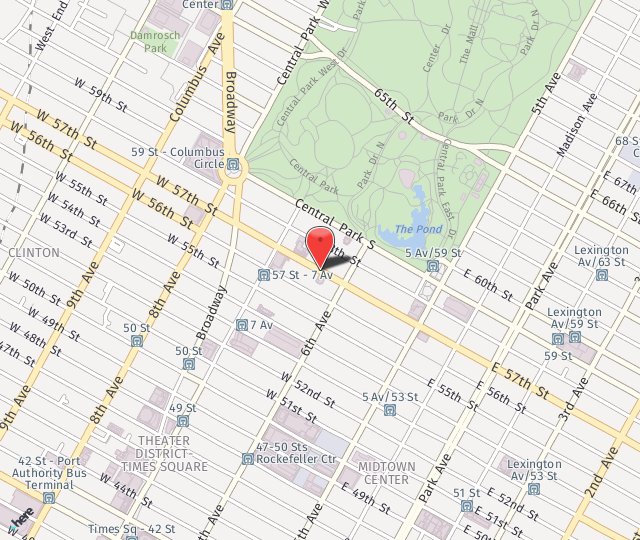
Two common ways that teeth can be elevated in appearance include dental bonding and porcelain laminates. Each cosmetic treatment is considered a veneer. Each is intended to disguise certain imperfections. However, there are differences that you need to know in order to decide which treatment will best meet your needs.
Direct vs. indirect veneers
Dental bonding is a direct veneer. It classified as such because the method of restoration or enhancement involves direct placement of high-quality composite resin onto the tooth. Bonding is, when used restoratively, the same thing as a tooth-colored filling. When used cosmetically, bonding can accomplish a number of goals. In the hands of your experienced dentist, bonding may be performed to optimize the shape of a tooth, to cover exposed roots, or to repair a small chip or crack in a tooth.
To bond a tooth, a glass and plastic mixture is colored to match natural enamel. It is applied to the tooth surface and cured, or hardened, with light. The adhered material is polished and shaped and can remain in place for several years with good care.
Indirect veneers are often made of durable porcelain. They are called indirect because the method employed involves taking impressions and images to create a model that will be used in the dental lab to fabricate final restorations. Sheaths of porcelain are made to the exact color, size, and shape specifications we order to achieve a natural, beautiful appearance. Final veneers are bonded to the front surface of teeth, where they can remain for years with good care.
A primary difference between direct and indirect veneers is permanency. Indirect veneers require modification of tooth structure, whereas bonding does not. This is just one of several factors that must be considered when considering which treatment is right for you.
To learn more about dental bonding and porcelain veneers, call (212) 974-8737.
